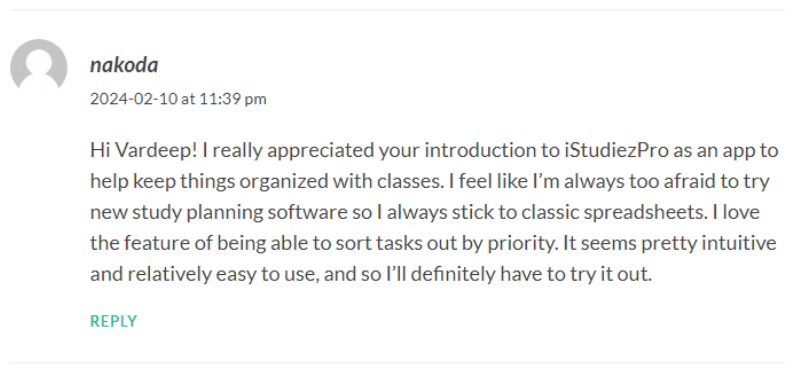During this module, I used Camtasia to create a screencast showcasing how to build a simple house in the game “Minecraft”. While I was creating this screencast, I intended it for an audience who is relatively new to the game. The realm of teaching is a new area for me, and I was excited to teach a game that I’ve played for over a decade now.
I really enjoyed the videos and readings in this first module, and appreciated how it really broke down the psychology behind it all. These concepts were new to me and I really liked that they have practical applications. Of Mayer’s principles, one of the key takeaways for me was the Pre-training Principle. During the beginning of my screencast, I briefly explain how to retrieve the required building materials so that the rest of the tutorial can run smoothly.
I also found the Voice Principle really relevant to my own lived experience. As a kid, I remember coming across YouTube tutorials that used robot generated voices, I immediately would click to a different video and assume that tutorial was just bad. Looking back, it wasn’t the case of the tutorial itself being bad. It was the lack of enthusiasm that made it bland, ultimately losing my attention within the first few seconds.
With this in mind, the Voice Principle is really one of those aspects that can make or break a video, especially from kids who have shorter attention spans. For me, my video may very well have an audience of children since Minecraft is played by a lot of kids. When I was filming, words I used like “repository” may be foreign to younger audiences. Luckily, the Multimedia Principle, utilizing more than one channel of instruction which made it easy to follow along the video even without sound.

Leave a Reply
You must be logged in to post a comment.